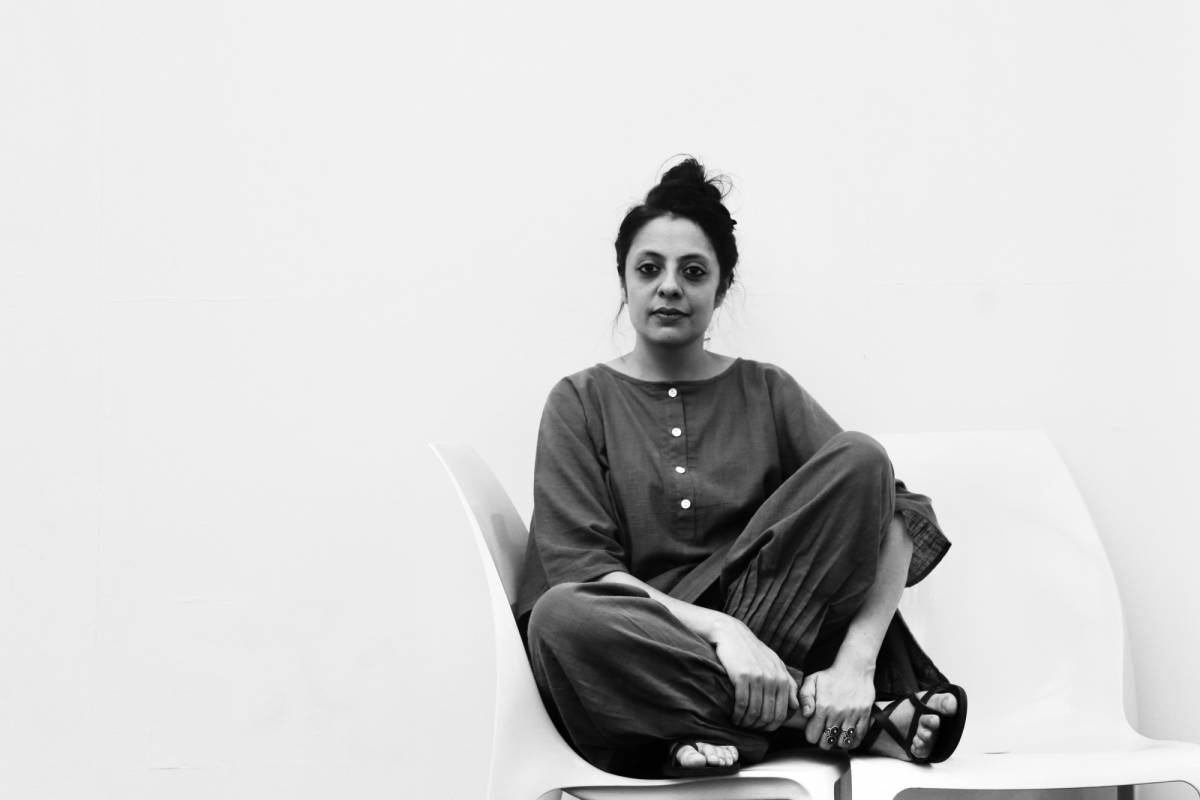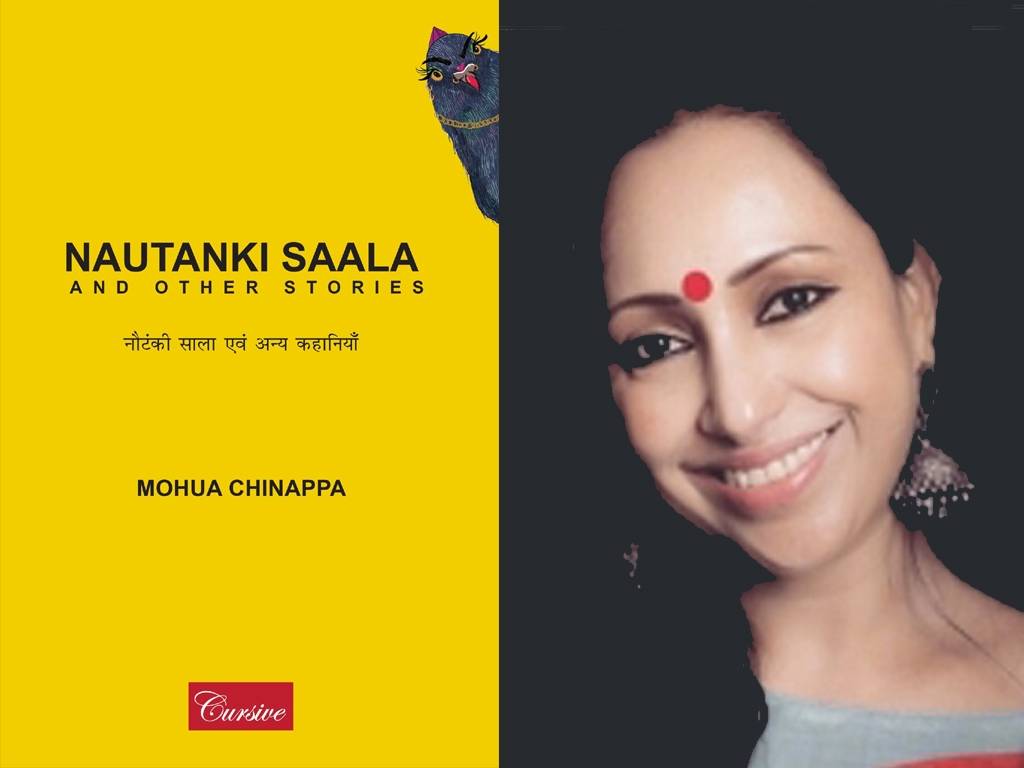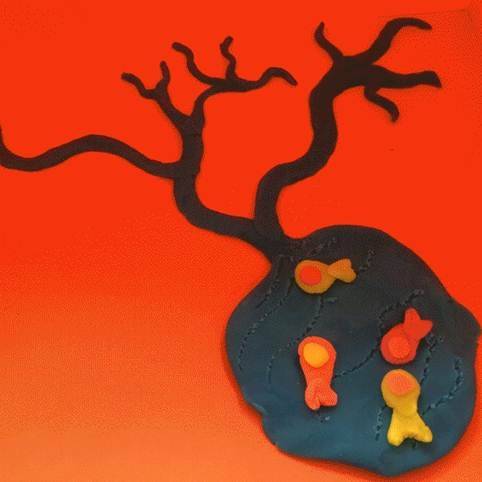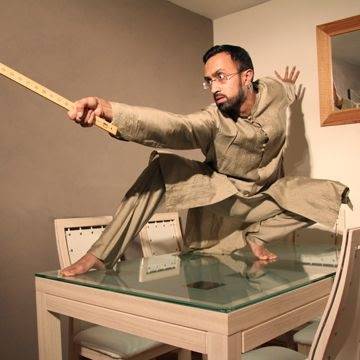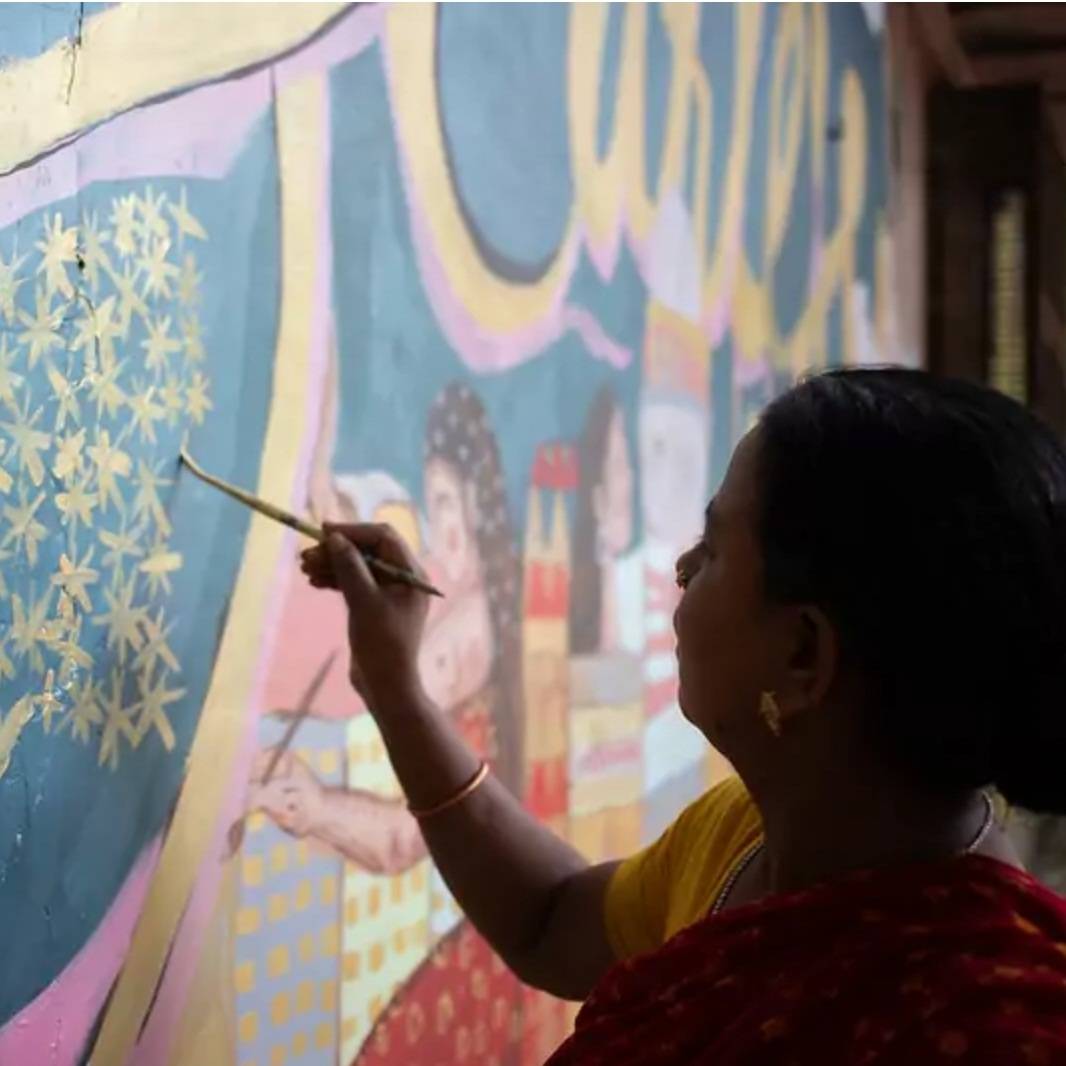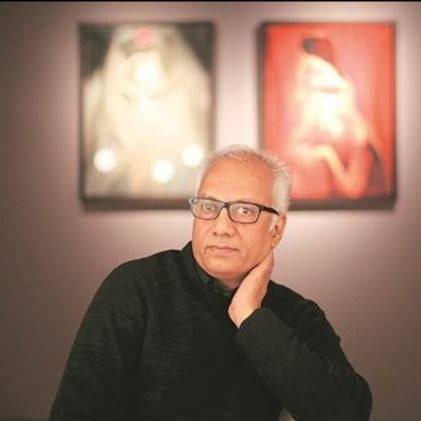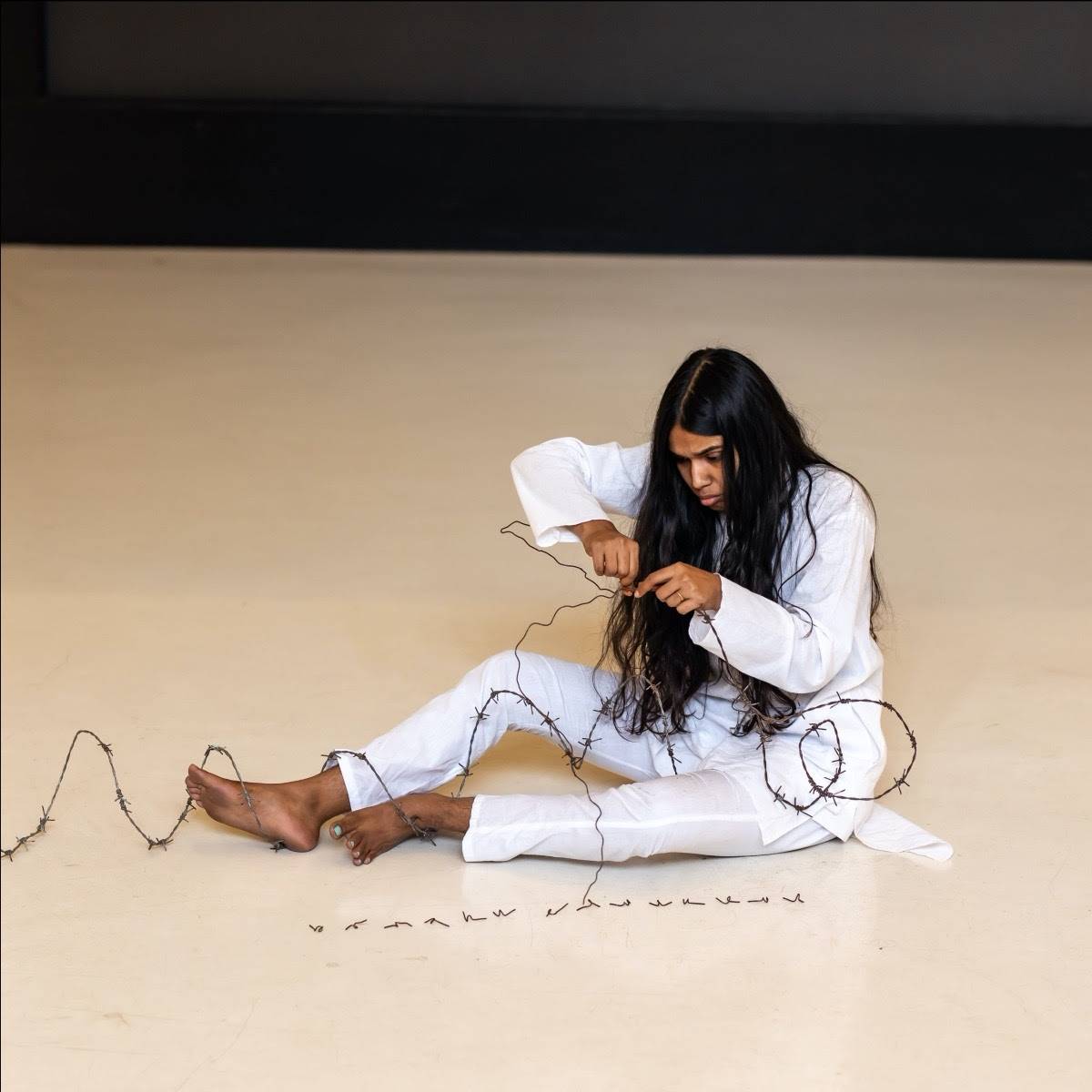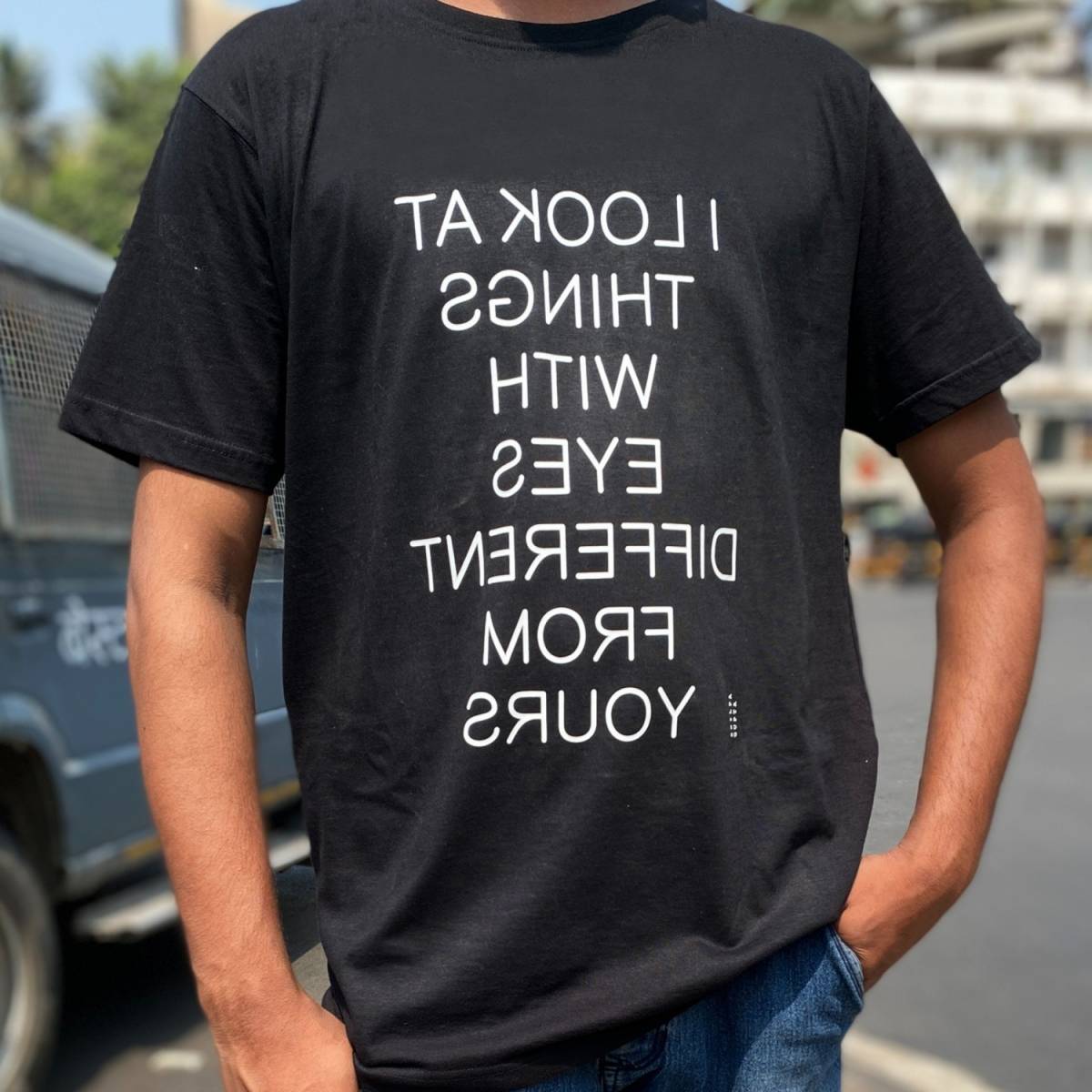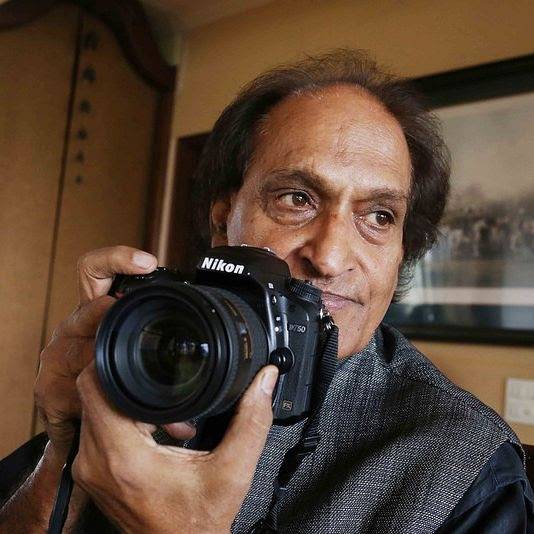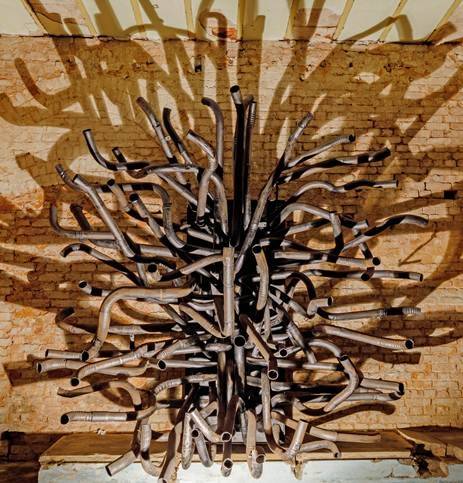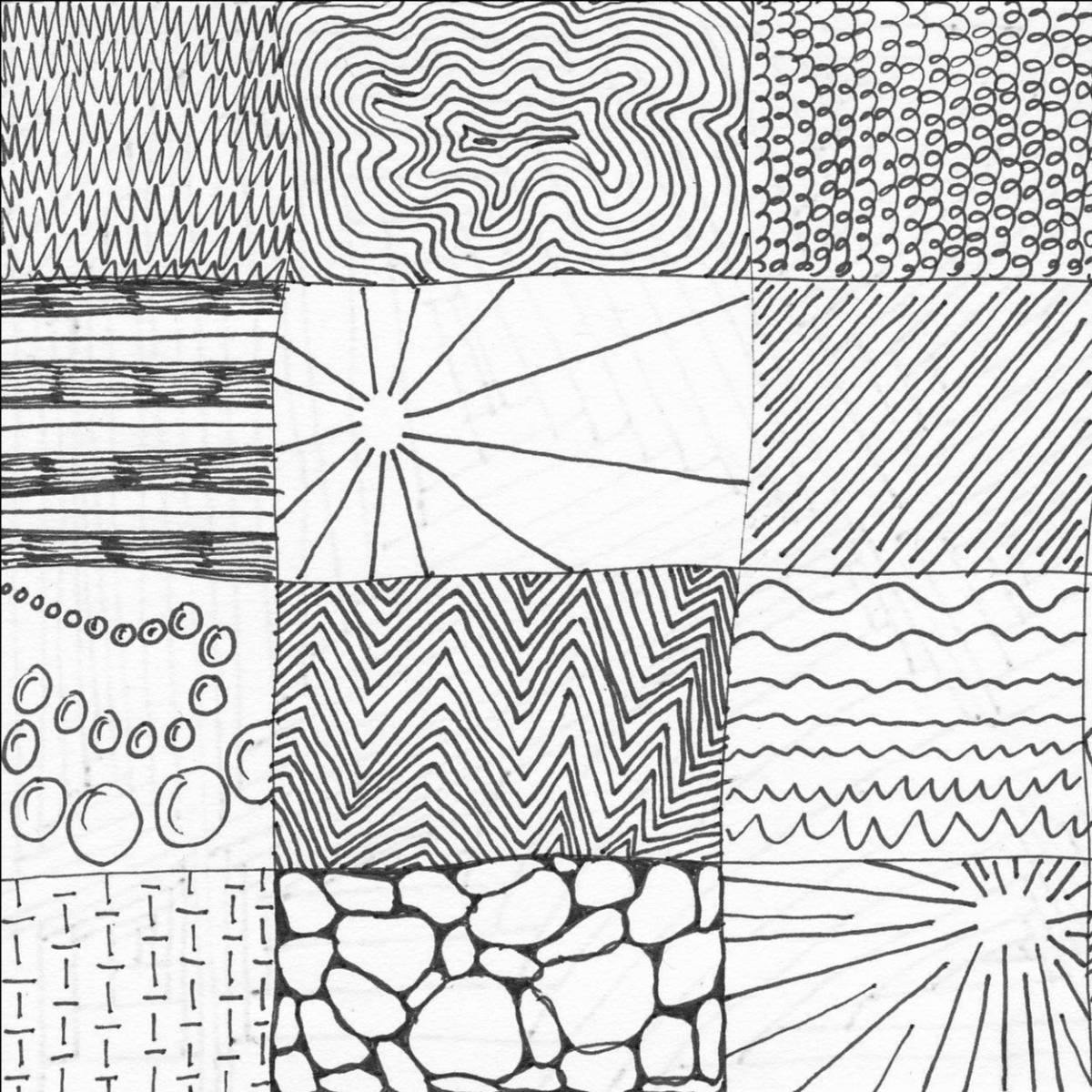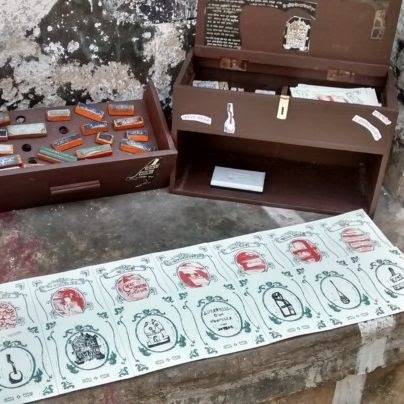Now it has been about seven years since I started living in India, shuffling between Calcutta and Bangalore. Again, very different climates and regions from the west…Radhika Agarwala speaks with Sukant Deepak
When she moved back to her hometown Kolkata after being away for decades, she started seeing the landscape around in a new light. When the cyclone Amphan stuck, and the Pandemic after that, she took up the role of an archaeologist. “My studio started resembling an excavation site. I started collecting all specimens of felled trees and other found objects. After all, we had begun an ecological war in our landscape,” recalls artist Radhika Agarwala.
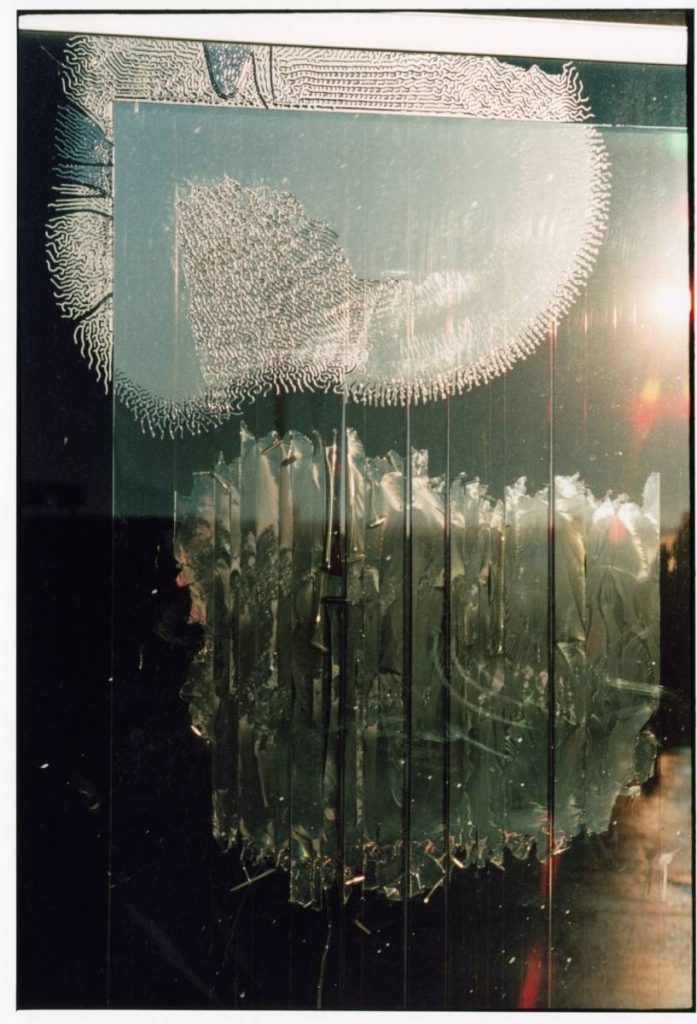
Considering she has been trained as a print maker and painter, this MFA in Fine Art from Goldsmiths, London and MFA in Painting from University of Florida, who over the years has also been making sculptures, adds, “I treat the metal like paper. Hence you see the fragility and permanence, and the dichotomy. I am also showing them in relation to the human body, after all human existence and nature complement each other.” she tells on the sidelines of the recently concluded India Art fair where her work ‘Will we ever walk into the fields of gold again’ in brass cast and patina was displayed by Delhi-based gallery Latitude 28.
The work is a commentary on the time that we have lost ecologically. She says it is also a time capsule for her: “The degeneration of hope and loss of a landscape and lives.”
Stressing that most of the times it is the theme that dictates the medium she chooses, the artists says that in case of the ‘Will….’ she wanted to show the burnt crevices, the nuances and minute details of nature around, and the beauty that she finds in the chaos. “And after deconstructing these specimens, I get into the metal, and then starts the process of reversing all classical techniques into a contemporary context.”
Talk to her about the ‘why’ of choosing nature as the central theme for the past several years, and Agarwala, who considers herself as someone with an insider-outsider view elaborates, “Now it has been about seven years since I started living in India, shuffling between Calcutta and Bangalore. Again, very different climates and regions from the west. I think I feel like an outsider in this landscape. Around 14 years ago, the Indian landscape was very different. We were talking about dystopia that could happen, but now after living there and moving back here in the urban jungles filled with concrete, steel, tar and the carbon that we are breathing — we are living it. These works basically evoke the time that is lost forever.”

Though paper as a medium has always been close to her heart, the past few years she has worked extensively with metal. “I am using a material like metal, something that I would not use conceptually as it is so masculine and aggressive as a material. So I want to show the feminine, organic and fragile part that nature has. It is that kind of dichotomy that I am trying to show. For me, all these works are as a sight of refuge and contemplation.”
Though the Pandemic was emotionally disturbing for her considering her studio is not part of the house and she had to redefine her practice, the artist says, “But I was quite charged up and took up the role of being an archaeologist. This time allowed me to be very experimental. I researched on patina and started looking at patina as paint. This gave me that flexibility to fuse the man-made and organic.”

